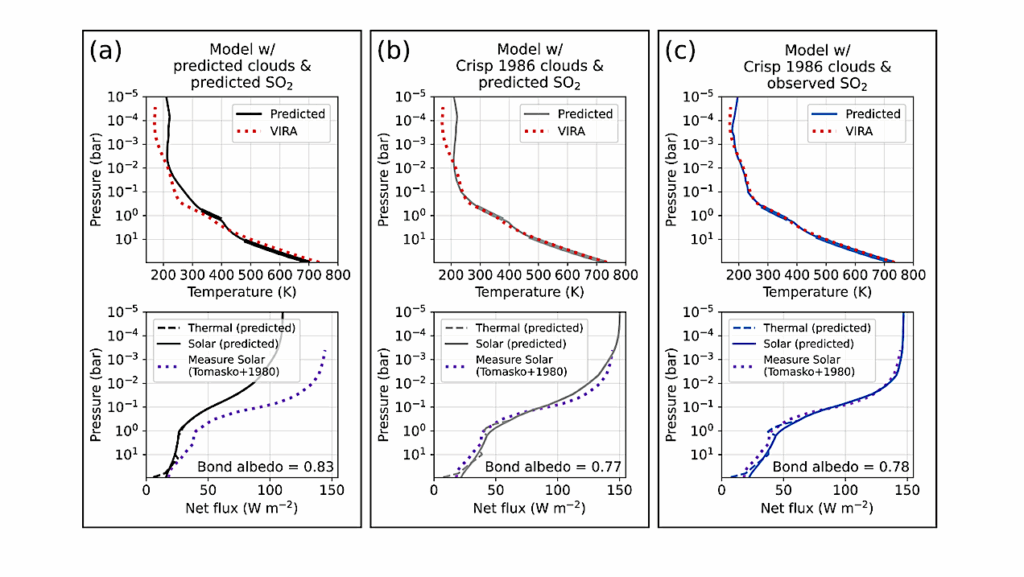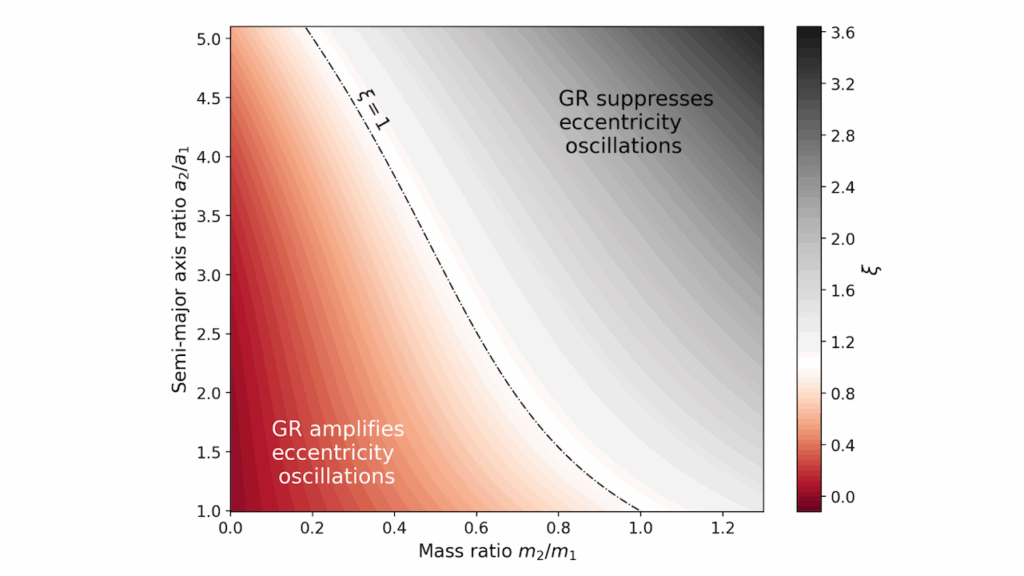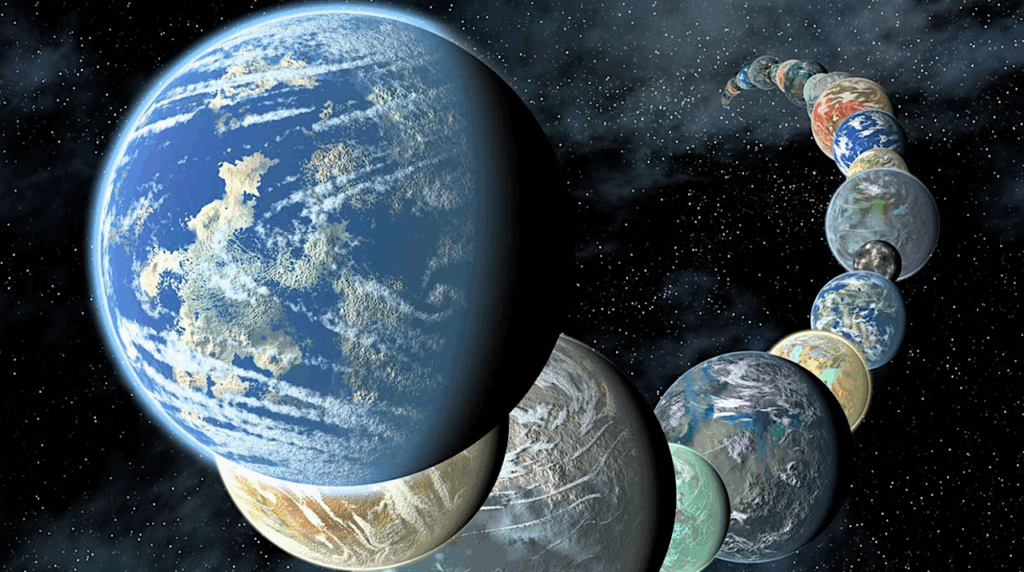Enhanced Habitability on High Obliquity Bodies near the Outer Edge of the Habitable Zone of Sun-like Stars

High obliquity planets represent potentially extreme limits of terrestrial climate, as they exhibit large seasonality, a reversed annual-mean pole-to-equator gradient of stellar heating, and novel cryospheres.
A suite of 3-D global climate model simulations with a dynamic ocean is performed with Earthlike atmospheres for low and high obliquity planets with various stellar fluxes, CO2 concentrations, and initial conditions to explore the propensity for high obliquity climates approaching the outer edge of the Habitable Zone to undergo global glaciation. We also simulate planets with thick CO2 or H2 atmospheres, such as those expected to develop near or beyond the outer edge of the Habitable Zone.
We show that high obliquity planets are hotter than their low obliquity counterparts due to ice-albedo feedbacks for cold climates, and water vapor in warm climates. We suggest that the water vapor greenhouse trapping is greater on high obliquity bodies due to the different dynamical regimes that occur between the two states.
While equatorial ice-belts are stable at high obliquity in some climate regimes, it is harder to achieve global glaciation than for a low obliquity planet. Temperate polar conditions can be present at high obliquity at forcings for which low obliquity planets would be in a hard snowball state. We suggest the conditions on high obliquity planets are likely to be more favorable for a robust biosphere to develop approaching the outer edge of the HZ. However, the influence of obliquity diminishes for dense atmospheres, in agreement with calculations from 1-D Energy Balance Models.
Christopher M. Colose, Anthony D. Del Genio, Michael J. Way
(Submitted on 22 May 2019)
Comments: 27 pages, 12 Figures
Subjects: Earth and Planetary Astrophysics (astro-ph.EP); Atmospheric and Oceanic Physics (physics.ao-ph)
Cite as: arXiv:1905.09398 [astro-ph.EP] (or arXiv:1905.09398v1 [astro-ph.EP] for this version)
Submission history
From: Christopher Colose
[v1] Wed, 22 May 2019 23:07:27 UTC (1,383 KB)
https://arxiv.org/abs/1905.09398
Astrobiology








